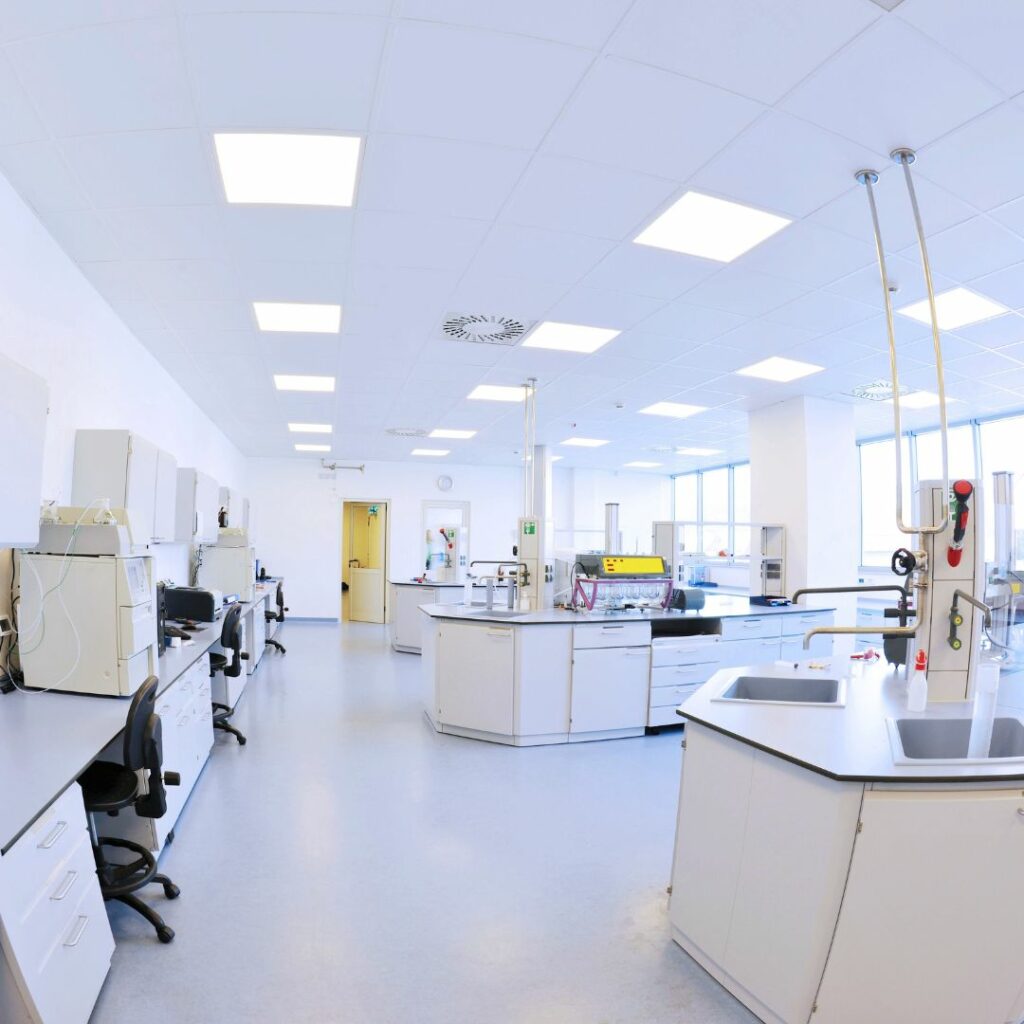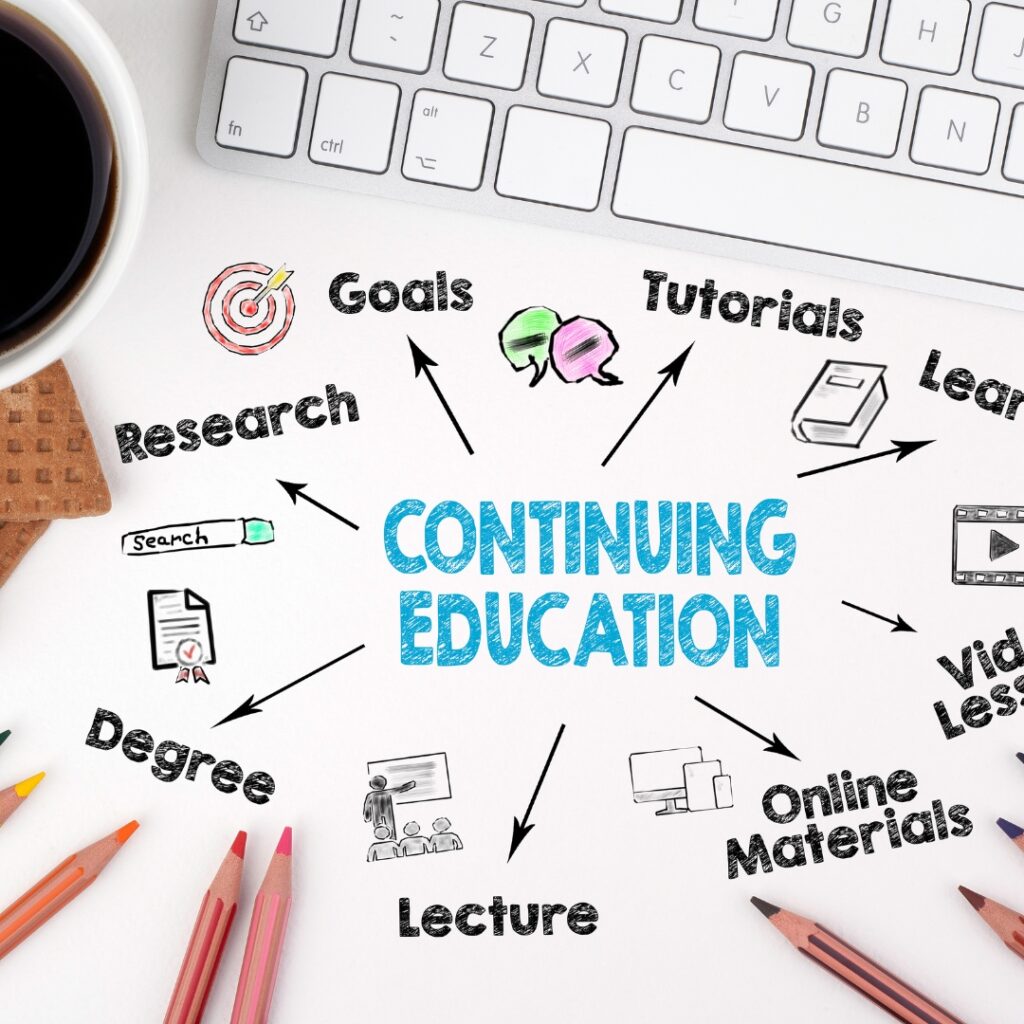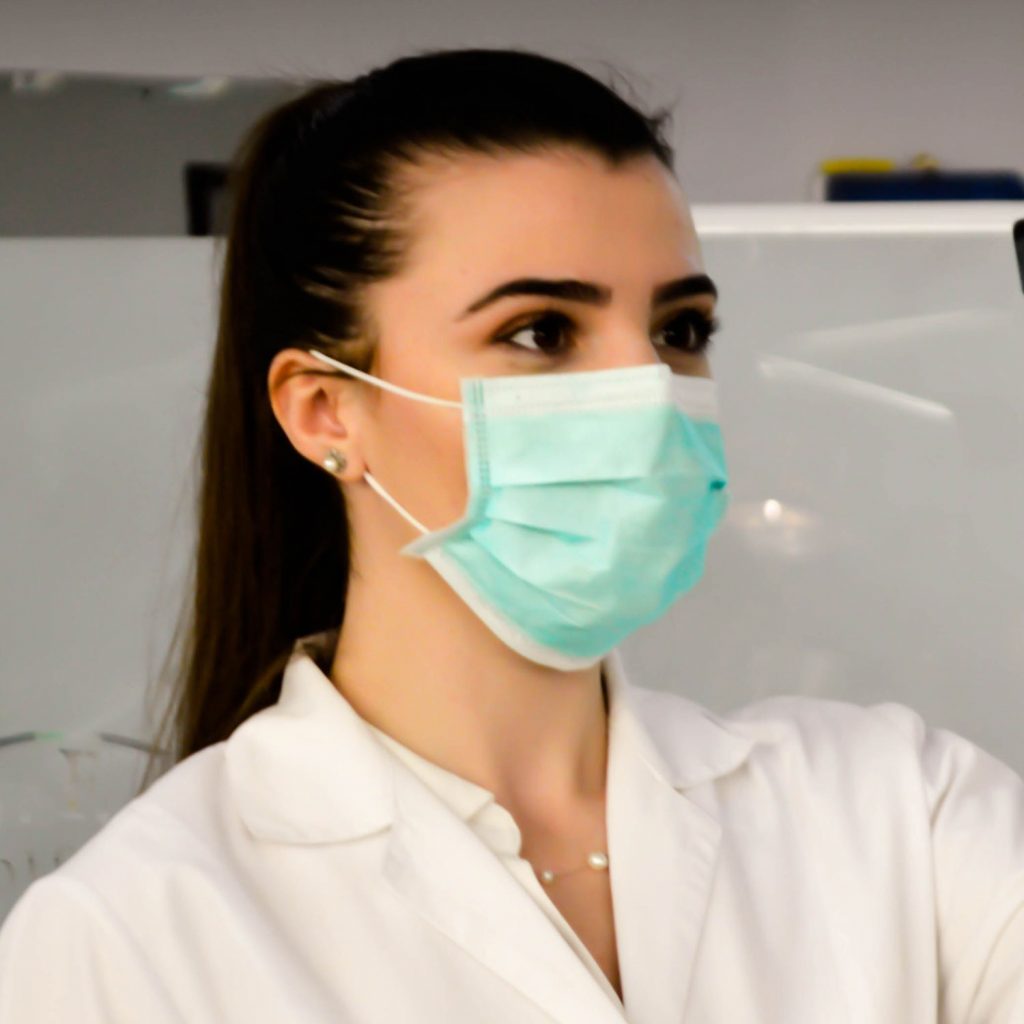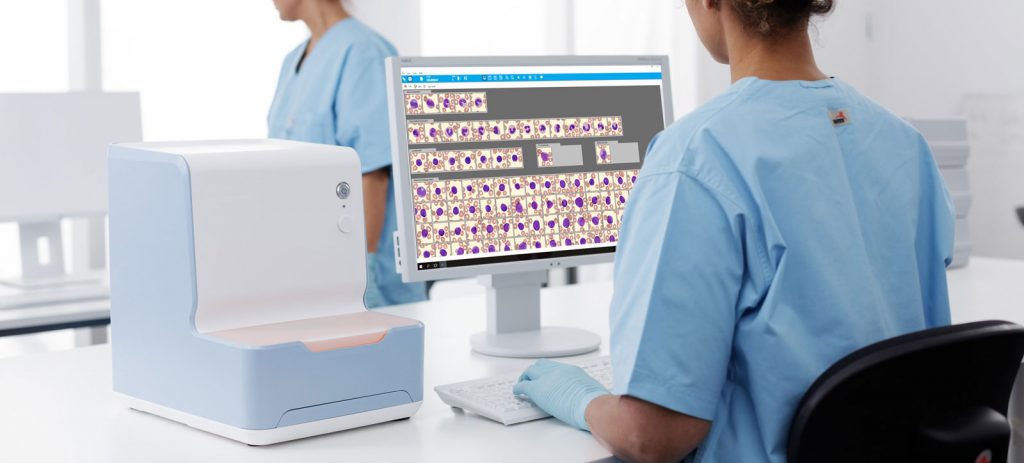Social media: the good, the bad and the ugly

Social media (SM) describes web-based applications that allow people to create and exchange content. It encompasses blogs and microblogs (such as Twitter), internet forums (such as doctors.net), content communities (such as YouTube and Flickr), and social networking sites (such as Facebook and LinkedIn) (1).
To describe the growth of SM over the recent past as phenomenal would be an underestimate. Facebook reported 2.38 billion monthly active global users in March 2019, from a mere 1 million in 2013 (2). The potential power of these networks was reflected in the acquisition of the popular photo sharing platform, Instagram by Facebook for $1 billion. As smartphones became more sophisticated and affordable, the connection points between users around the world become increasingly smaller.
User generated content is central to the concept of SM. From selling makeup to interfering in national political systems, the intention of this content is as diverse as its users. Clinical and laboratory medicine has also been swept by the SM wave. In this blog, I will discuss the huge advantages of SM to the haematologist and laboratory scientist and provide some cautionary advice to stay safe online.
The good
Traditional methods of disseminating opinion or research is slow. Anyone who has submitted a paper to a journal will know how painful the experience can be. SM provides an instant platform for any idea, allowing users to interact with each other in a community atmosphere. SM is a novel teaching method for the masses, with free content often central to this ethos. My Twitter feed is a vital source of continued professional development. Accessibility of this information allows content to spread to all parts of the world where previously was limited to only a few people or institutions. Physical restraints are non-existent to develop networks for research and innovation. Many of us will have people we have never physically met but have developed professional, and personal relationships through SM.
Our patients are also active on SM. Data from a study (3) in sickle cells patients was compiled entirely from Facebook posts providing new insights into barriers to hydroxycarbamide use. By harnessing this power, we can gain a greater holistic understanding of our patient’s problems.
The bad
With the abundance of information on SM, finding what is useful can be a challenge. Twitter, the micro-blogging platform, forces users to be concise with posts limited to 280 characters. Be careful, SM is highly addictive. It is easy to spend hours on SM with little to show for it. SM use has also been shown to be proportionally linked with depression and anxiety in young adults (4) although the data in medical professionals is limited. Limiting your time and having clear goals to your use will turn procrastination into productivity.
The ugly
The rapid nature of information generation and spread with little or no peer-review process before publication, has the huge potential for abuse. Patients’ personal information is vulnerable to abuse. Patients have the right and medical professionals the responsibility, to maintain confidentiality and professionalism. Posting any patient identifiable information is not acceptable. Likewise, protect yourself. The internet has a memory much more powerful than ours. What you post now may haunt you many years later. Think before you post and be sensitive to the thoughts of others.
Popularised by the current US president, ‘fake news’ is a term often used in the SM reflecting deliberate disinformation to manipulate others. Many patients look to the internet for information and support and can be victims of misinformation. Professional engagement helps improve the information available and patient advocacy in general. A healthy amount of scepticism online and accepting only reputable and referenced sources will help protect you from these problems.
Individuals or groups may use their profile to indirectly influence the thoughts and behaviours of others. In extreme cases, this may have a serious impact on actions your prescribing behaviour. If you have potential conflict of interest, declare them in public.
Whatever platform you are using, SM is a powerful tool and a great way to improve your academic and educational profile. For more advice on how to gain the most from SM, maintain professionalism and ensure the confidentiality of patients, a links guidance from the General Medical Council (1) and the Health and Care Professions Council (5) is provided below.
See you online!
References
- General Medical Council (2013): Doctors’ use of social media
- Zephoria Digital Marketing (2019): The Top 20 Valuable Facebook Statistics – Updated May 2019
- Walker, A. L., Farzan, R., Gaydos, L. M., DeCastro, L., & Jonassaint, C. (2016). Assessing perceptions of hydroxyurea among Sickle Cell Disease stakeholders using social media
- Shensa, A., Sidani, J. E., Dew, M. A., Escobar-Viera, C. G., & Primack, B. A. (2018). Social media use and depression and anxiety symptoms: A cluster analysis. American journal of health behavior, 42(2), 116-128
- Health and Care Professions Council (2016): Guidance on social media





